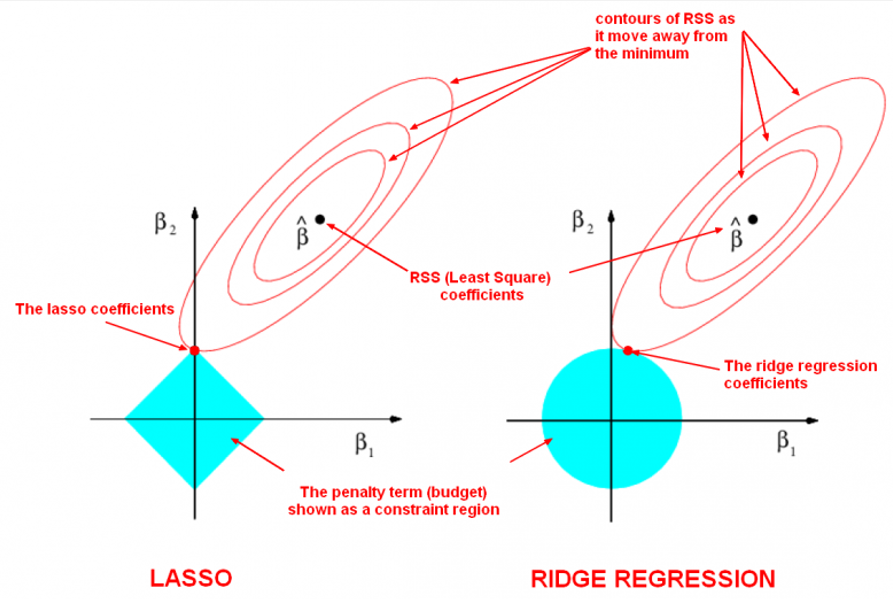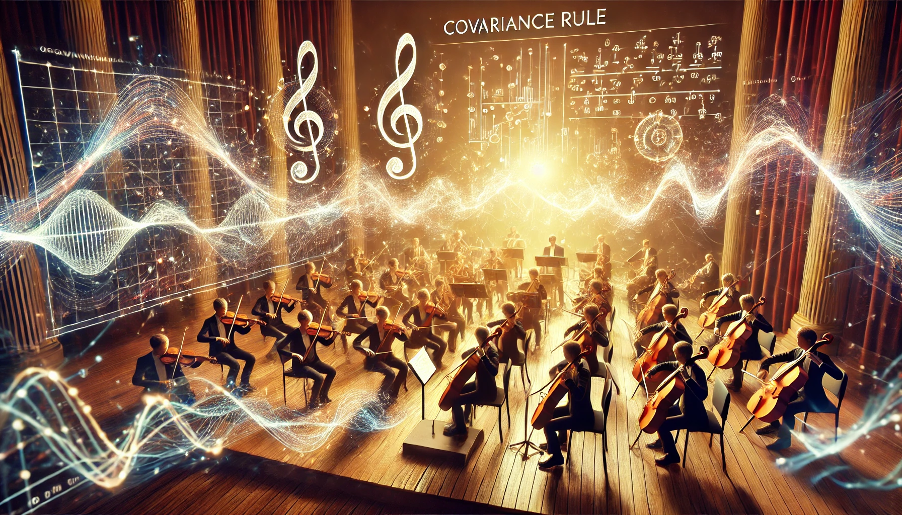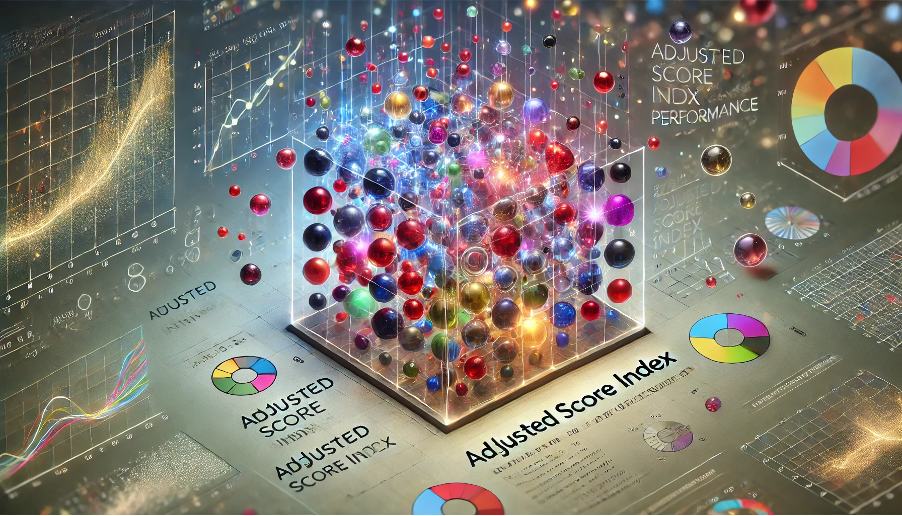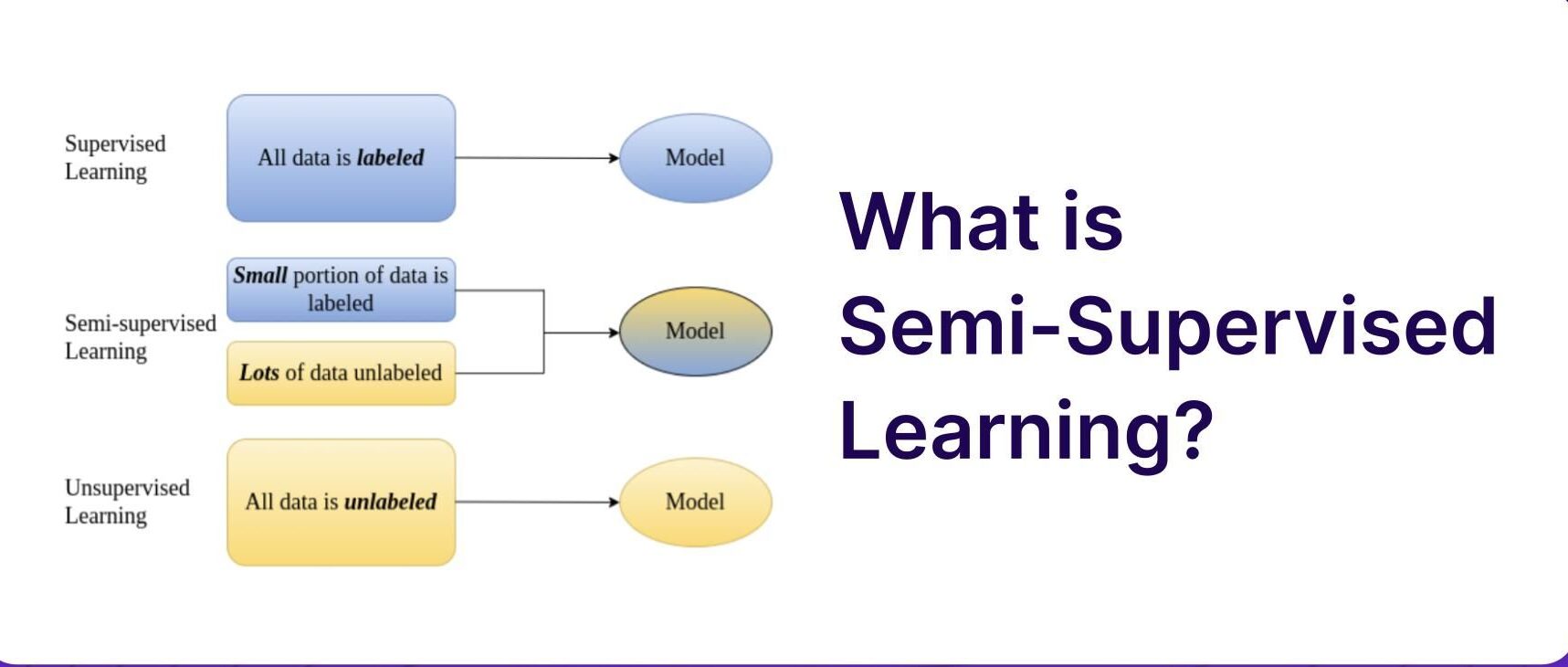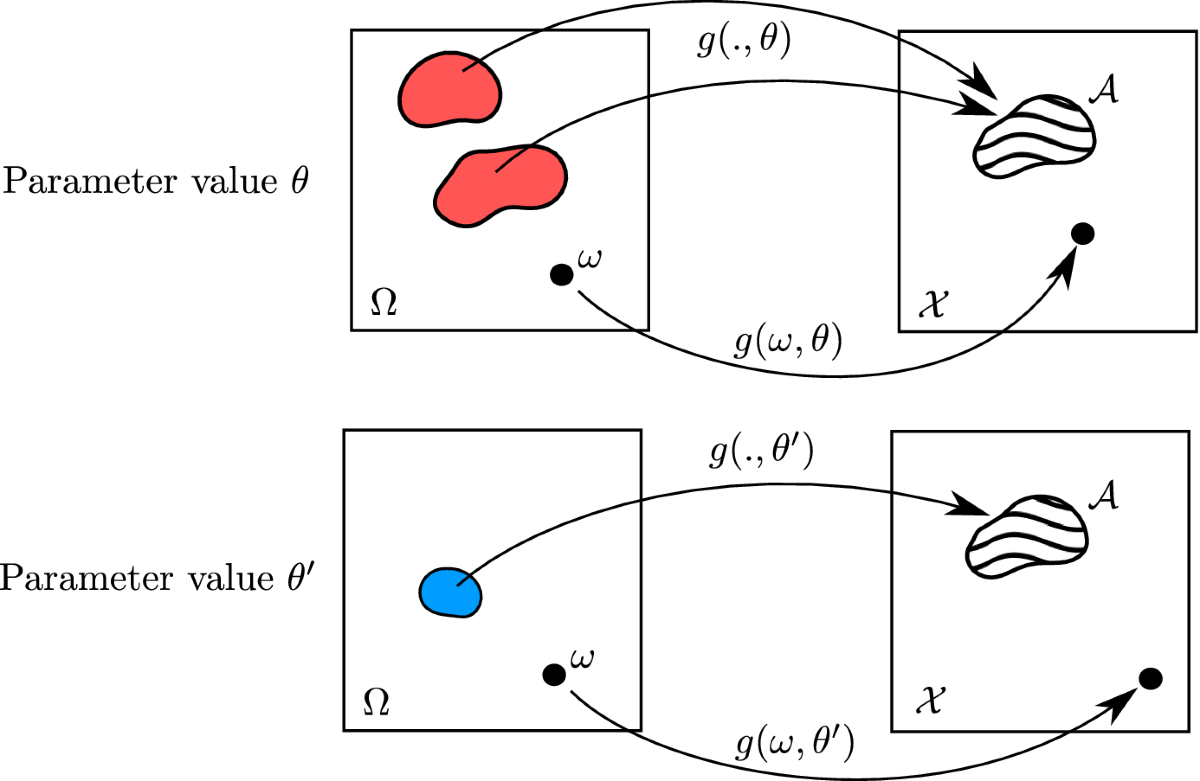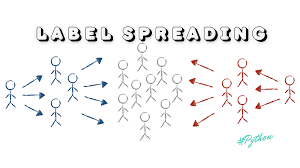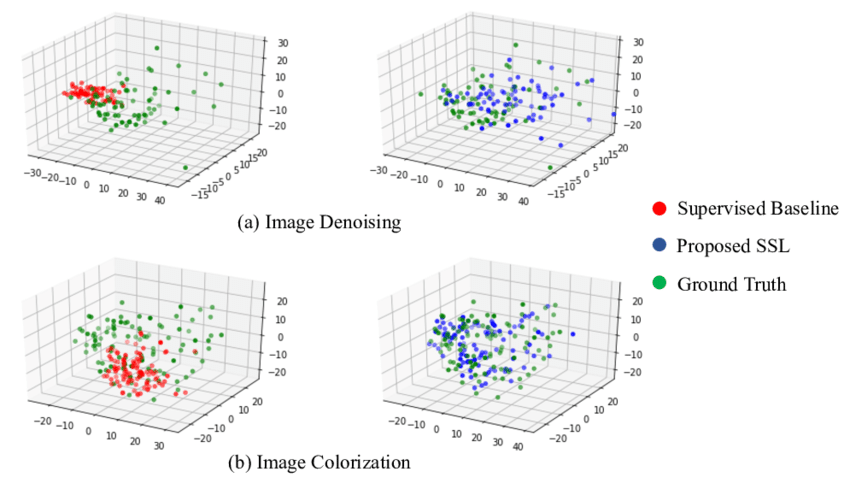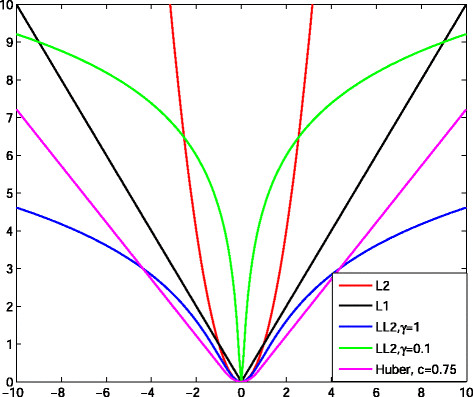A Brief History: Who Developed Ridge Regularization? Ridge regularization, also known as L2 regularization, emerged in the 1970s to address multicollinearity in linear regression models. Researchers Arthur E. Hoerl and Robert W. Kennard pioneered this technique to stabilize regression models …
A Brief History: Who Developed It? The covariance rule, rooted in Hebbian theory, was first conceptualized in the mid-20th century by Donald Hebb, a Canadian psychologist and neuroscientist. This idea later evolved into mathematical models that allowed the scientific community …
A Brief History: Who Developed It? The Adjusted Score Index (ASI) was developed as a statistical method to evaluate clustering performance: it adjusts for random chance to ensure accurate assessments. Building on the Rand Index, the ASI addresses its limitations …
A Brief History: Who Developed Semi-Supervised Learning? The concept of semi-supervised learning (SSL) emerged in the late 1990s to address challenges in leveraging unlabeled data for machine learning. Researchers like Xiaojin Zhu played a significant role in formalizing SSL techniques. …
When evaluating a field of crops, focusing on the weakest areas helps identify what’s holding them back. This ensures even the most challenging conditions are addressed, improving the entire field’s health. Contrastive Pessimistic Likelihood Estimation (CPLE) operates similarly: it identifies …
A Brief History: Who Developed Inductive Learning? Inductive learning, a fundamental concept in machine learning, originates from the principles of inductive reasoning studied by Aristotle. In the 20th century, pioneers like Alan Turing and Tom Mitchell applied these principles to …
A Brief History of Label Spreading: Who Developed It? Label spreading, like its sibling label propagation, was developed from the foundations of graph theory and became integral to semi-supervised learning. Researchers sought to improve upon label propagation by introducing a …
A Brief History: Who Developed the Manifold Assumption? The manifold assumption, a foundational concept in semi-supervised learning (SSL), became widely recognized in the late 1990s and early 2000s. Researchers like Sam Roweis, Lawrence Saul, and Joshua Tenenbaum contributed to its …
A Brief History: Who Developed the Huber Cost Function? The Huber cost function, also known as Huber loss, was introduced by Peter J. Huber in 1964. Huber, a Swiss statistician, developed this function to create a robust method for regression …
Imagine an archer aiming at a target: the sharpness of the arrow determines how closely it can hit the bullseye. The Cramér-Rao Bound is like the sharpness of an estimator—it defines the theoretical lower limit of variance for an unbiased …


